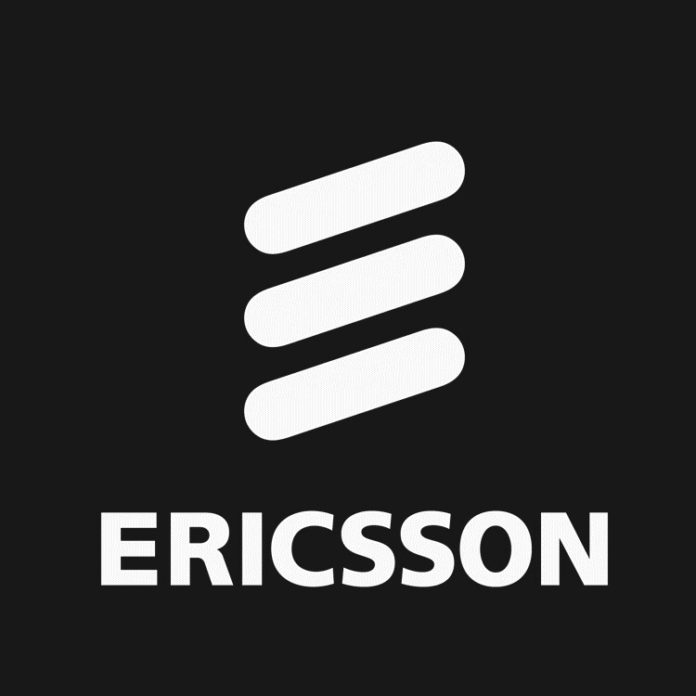
Ericsson and the African Telecommunications Union (ATU) have announced they are working together to enhance spectrum development to address connectivity challenges across Africa.
The two organizations have been working together since June 2020 to drive coordination of spectrum usage as a means of decreasing the cost of technology and deliver affordable services in Africa.
The announcement is therefore part of recommendations which constitute the first fruit of their collaboration from last year.
In a report, Ericsson and ATU noted that a limited amount of spectrum is currently allocated to the mobile and other communication industries, arguing that this posed hurdles to Africa’s digital transformation.
They recommended authorities grant spectrum “in a timely, predictable and cost-effective fashion” to pave the way for “affordable, high-quality delivery” of communication services and encourage smart technology initiatives.
African nations should also conduct “technology neutral” spectrum licensing and adopt an approach of promoting “the right mix of low-, mid- and high-band radio spectrum”, to ensure all operators have access.
Indeed, Ghana is in the process of implementing a unified spectrum licensing regime, which will all operators to deploy various technologies on the back of a single spectrum license, unlike the status quo where new licenses are always needed for the deployment of higher technologies.
Another suggestion from Ericsson and ATU involves giving licensees “the right to share spectrum voluntarily”.
Ericsson and the ATU pledged to work on implementing the guidelines alongside countries and other stakeholders in the region.
Licensing lag
Africa trails other global markets in terms of issuing spectrum for mobile services, GSMA Intelligence spectrum lead analyst Dennisa Nichiforov-Chuang explained.
Nichiforov-Chuang told Mobile World Live local governments had awarded approximately 80MHz per operator on average, and 250MHz per country by end-2019. The global average was almost double, with 150MHz per operator and 480MHz per country.
GSMA Intelligence research also found a delay in spectrum allocation, mostly due to regulation, she noted.










